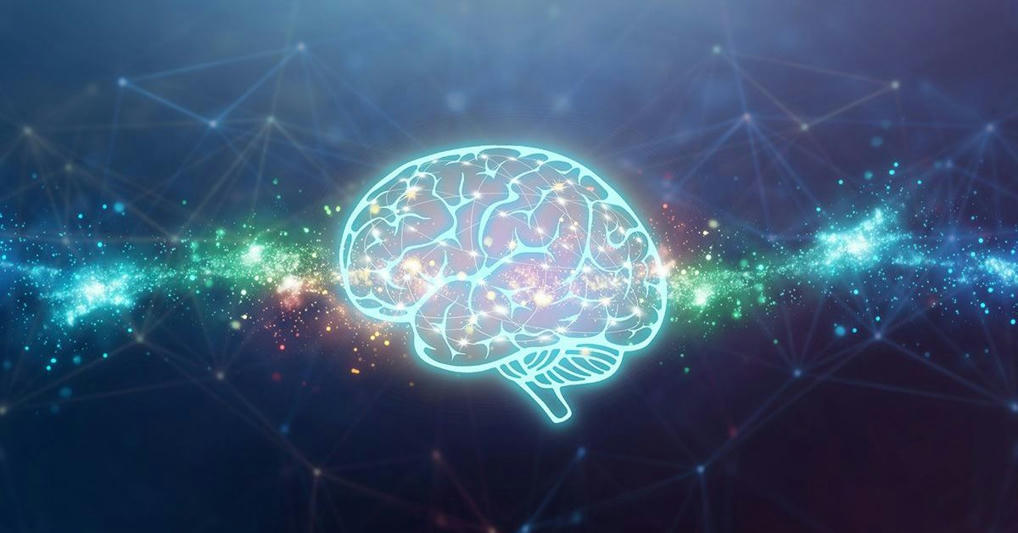
Creating brain-like computers with minimal energy requirements would revolutionize nearly every aspect of modern life. Funded by the Department of Energy, Quantum Materials for Energy Efficient Neuromorphic Computing (Q-MEEN-C) — a nationwide consortium led by the University of California San Diego — has been at the forefront of this research.
UC San Diego Assistant Professor of Physics Alex Frañó is co-director of Q-MEEN-C and thinks of the center’s work in phases. In the first phase, he worked closely with President Emeritus of University of California and Professor of Physics Robert Dynes, as well as Rutgers Professor of Engineering Shriram Ramanathan. Together, their teams were successful in finding ways to create or mimic the properties of a single brain element (such as a neuron or synapse) in a quantum material.
Now, in phase two, new research from Q-MEEN-C, published in Nano Letters, shows that electrical stimuli passed between neighboring electrodes can also affect non-neighboring electrodes. Known as non-locality, this discovery is a crucial milestone in the journey toward new types of devices that mimic brain functions known as neuromorphic computing.
Read the full article at: today.ucsd.edu